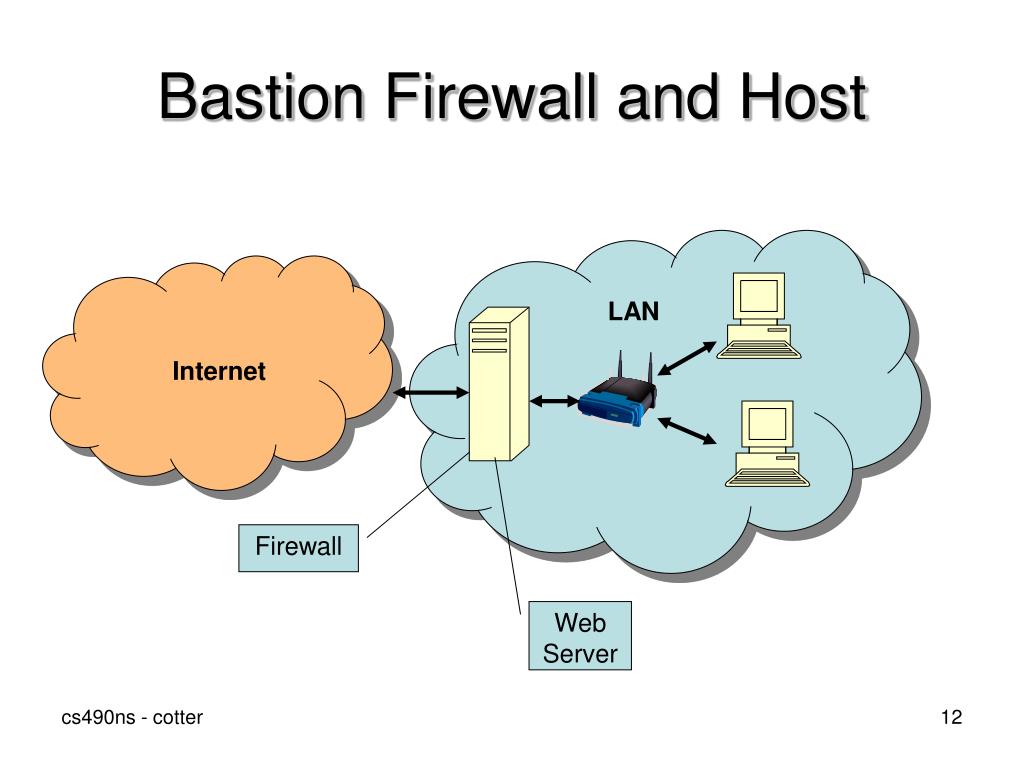
#Host based firewall windows#
What command do you use to reconfigure the Windows Firewall? Which of the following network profiles is the firewall activated for? They allow Windows to function on any network. They analyze the network itself to make sure it’s safe. They come standardized and can’t be edited, to make sure the network is safe. How can you verify a network connection is enabled?

Your quiz has been submitted successfully.

collect at least source and destination IP addresses and ports, application, protocol, direction, date and time, and rule.In the event of a system compromise, these logs are used in forensic analysis to determine the extent of the compromise, scope of the damage, and nature of the attack.

Firewall logs, if enabled, can be used to identify successful attacks. 3.2 Log Firewall ActivityĪ firewall will reduce the likelihood of compromise, but cannot prevent all attacks. Restricting outbound traffic provides an additional layer of security against misuse or data loss in the event of a compromised host and should be used where appropriate. Many times firewalls are configured such that rules are only placed on inbound traffic and allow all outbound traffic. Additional Security 3.1 Restrict Outbound Traffic
#Host based firewall iso#
ISO will scan hosts on the campus network to determine if hosts are vulnerable to common network threats or if a system appears to have been compromised. Allow Incoming Traffic from Information Security Office Security ScannersĬonfigure your firewalls to allow network-based scanning by Information Security Office (ISO) vulnerability scanners. If the device must be accessed from off-campus, only allow access from the campus VPN for remote connectivity. If remote access to the host is desired (e.g., via Remote Desktop Protocol (RDP) or ssh), limit remote access to a finite number of IPs and/or subnets. To enable proper protection, it is necessary to have a rule that denies any inbound traffic that is not specifically necessary to the proper use of the device. Further, a lack of proper restrictions will also allow undesired access to resources such as printers. Insufficient restrictions on system access over the network increases exposure to attack from viruses, worms, and other malicious activity. Further, many printers, and network attached equipment have access controls to restrict connections to a limited number of hosts or networks in compliance with this policy.Microsoft Windows, macOS, or Linux/Unix devices are all equipped with firewalls though they may not have them enabled by default.Use of a network-based firewall does not obviate the need for host-based firewalls. These controls must be enabled and configured to block all inbound traffic that is not explicitly required for the intended use of the device. Network attached systems must, wherever possible, utilize host-based firewalls or access control lists (ACLs). MSSND Host-based Firewall Software Requirement
#Host based firewall software#
The recommendations below are provided as optional guidance to assist with achieving the Host-based Firewall Software requirement. All UC Berkeley IT Resources and all devices connected to the UC Berkeley network or cloud services must comply with the Minimum Security Standard for Networked Devices (MSSND).


 0 kommentar(er)
0 kommentar(er)
